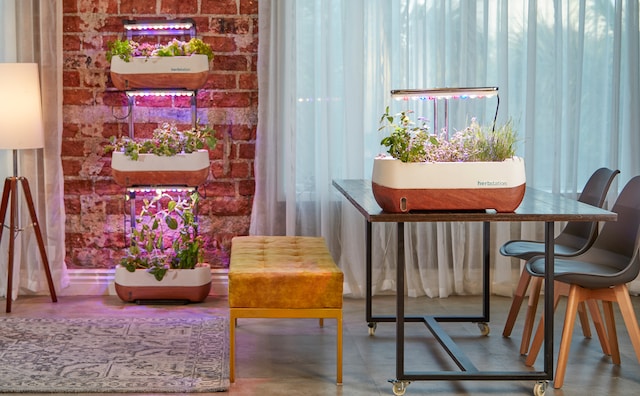If you’re venturing into the realm of indoor gardening, one essential tool you’ll need to master is the grow light. These artificial light sources mimic the sun’s rays, providing the energy necessary for plants to thrive. However, choosing the best grow lights for plants can be a daunting task. After all, there are a large…
